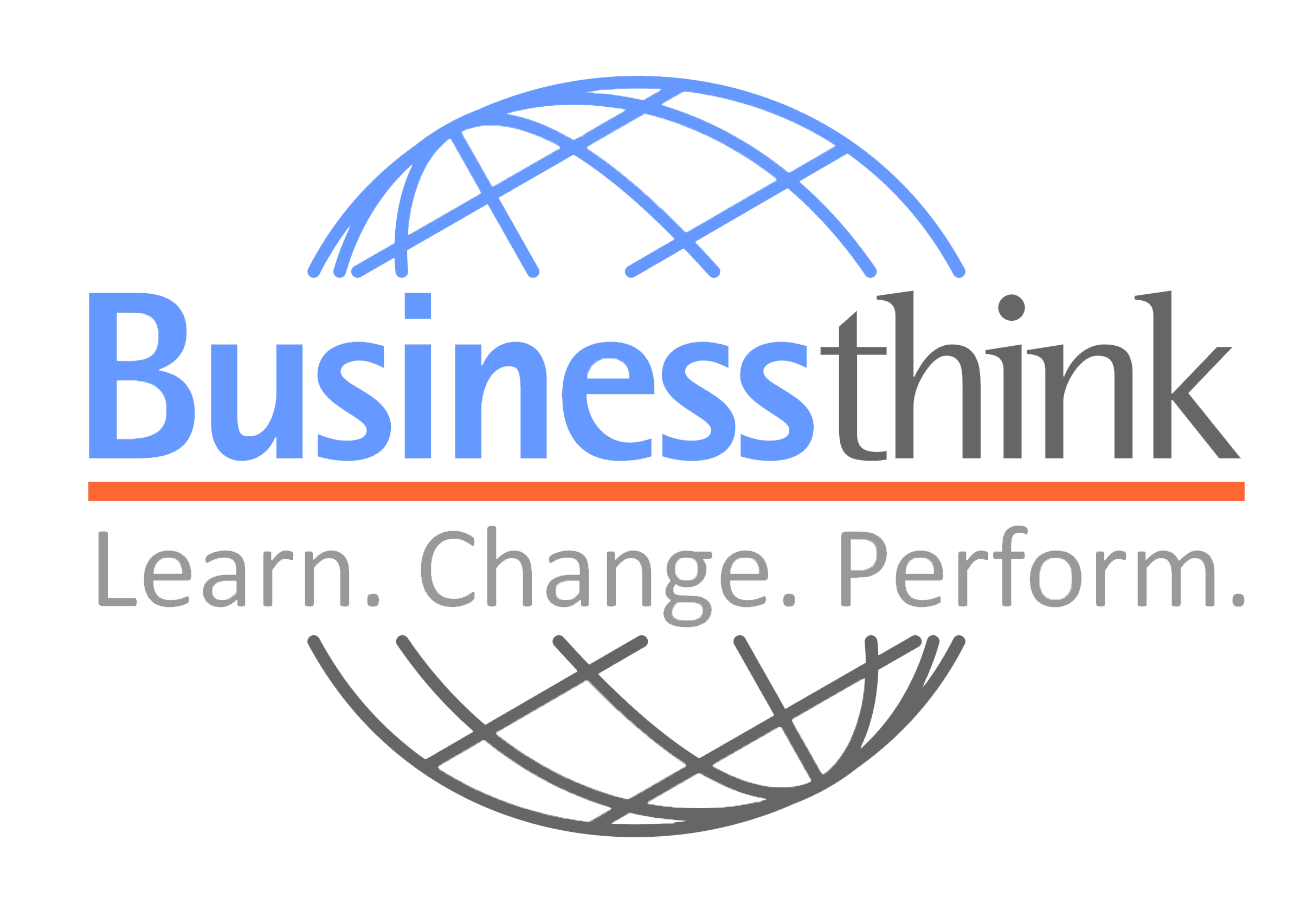Communication is the cornerstone of any successful team. However, in today’s increasingly diverse workplaces, effective communication goes beyond simply conveying information. It requires understanding and appreciating different communication styles, fostering inclusivity, and creating a space where everyone feels heard and valued.
The Challenges of Diverse Communication
Diverse teams bring a wealth of talents and perspectives to the table. However, communication challenges can arise due to:
- Cultural Differences: Individuals from different cultures may have varying communication styles, including preferred levels of directness, use of nonverbal cues, and comfort levels with public speaking.
- Generational Differences: Different generations may have distinct communication preferences, with younger generations favoring more informal communication channels like instant messaging, while older generations may prefer face-to-face interactions or email.
- Personality Differences: Introverts and extroverts have different communication styles. Introverts may need more time to process information and formulate thoughts before speaking up, while extroverts may be more comfortable with frequent communication and active participation.
Strategies for Inclusive Communication
Here’s how to bridge communication gaps and foster inclusivity:
- Be Aware of Your Own Biases: Everyone has unconscious biases that can impact communication. Recognize your own biases and strive to overcome them.
- Active Listening: Practice active listening, which involves paying close attention to both verbal and nonverbal cues. Ask clarifying questions to ensure understanding.
- Embrace Multiple Communication Styles: Acknowledge that there’s no single “right” way to communicate. Be flexible and adapt your communication style to suit the situation and audience.
- Create a Safe Space for Open Communication: Encourage team members to share their ideas and perspectives openly without fear of judgment.
- Leverage Different Communication Channels: Utilize a variety of communication channels, such as email, video conferencing, instant messaging, and in-person meetings, to cater to different preferences.
- Promote Transparency and Clarity: Communicate clearly and concisely, avoiding jargon or overly technical language.
- Provide Opportunities for Feedback: Encourage team members to provide constructive feedback on communication styles and ensure everyone feels comfortable voicing their concerns.
The Benefits of Effective Communication in a Diverse Workplace
The benefits of effective communication in a diverse workplace are numerous:
- Enhanced Collaboration: Effective communication fosters better collaboration, as team members can understand each other’s perspectives and work together more effectively.
- Improved Problem-Solving: Diverse teams bring a wider range of ideas to the table, leading to more creative and innovative solutions to problems.
- Increased Employee Engagement: When employees feel heard and valued, they are more likely to be engaged and motivated.
- Boosted Innovation: A diverse and inclusive work environment fosters innovation as team members feel comfortable sharing ideas and taking risks.
- Stronger Company Culture: Effective communication builds trust and respect, leading to a stronger and more positive company culture.
Conclusion
Effective communication in a diverse workplace is an ongoing process. By being mindful of communication styles, fostering inclusivity, and implementing these strategies, you can create a work environment where everyone feels valued, heard, and empowered to contribute their best.

